Rooftop Alternatives to Treated Lumber Supports
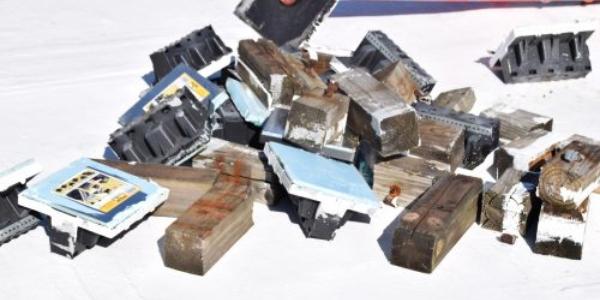
By GREEN LINK Engineering.
Did you know using treated lumber supports on rooftops can create environmental and structural risks?
The use of wooden blocks as rooftop supports for pipes, HVAC equipment and other items is quickly becoming a thing of the past. This is mainly due to their organic makeup that biodegrades or rots over time, which creates a host of problems and shortens the life of the roof. When these lumber sleepers deteriorate, they cause pipe sag which unbalances any HVAC equipment already in place in the roof.
But there are other issues—critical ones—for moving toward other types of support.
Toxic chemicals
Another problem with wood sleepers is that most are filled with pressure-treated biocides. These chemicals are water-borne and over time will leach out of the wood into ponding water. At one time, CCA—chromium/copper/arsenic—were common chemicals in treated wood, although arsenic has been phased out and sleepers rely more on higher copper content. While older installations may contain arsenic, the more current arsenic-free lumber still presents hazards. Even though treated lumber has fixative agents, over time toxic biocides can still leach out. Water carrying such leached agents eventually flows to the ground, presenting toxic risks.
Structural risks
Additionally, there are dangerous structural issues. High copper-treated lumber is very corrosive to metal fasteners including nails and screws. Numerous deck collapses—some resulting in fatalities—have been reported because of corrosion. Hot-dipped galvanized fasteners, or even better, stainless steel, are the right choice but oftentimes the composition of the fastener can’t be determined simply by sight. Staining around fasteners is an early indicator of corrosion.
The KnuckleHead solution
All of these risks can be eliminated by converting to KnuckleHeads. High-strength, glass-reinforced nylon is waterproof and presents no toxic risk. It is compatible with any type of mechanical fastener and remains stable throughout the life of the installation. In fact, KnuckleHeads should outlast the roof, and likely the life of the building where they are installed.
Learn more about GREEN LINK Engineering in their RoofersCoffeeShop® Directory or visit www.greenlinkengineering.com.
Original article source: GREEN LINK Engineering

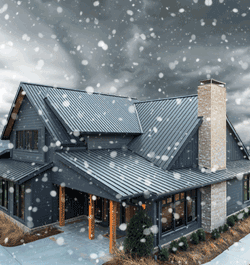
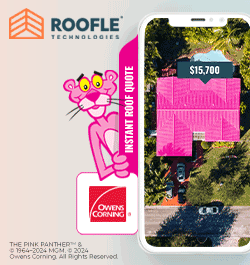










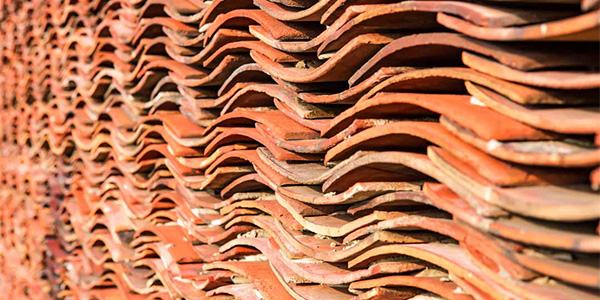
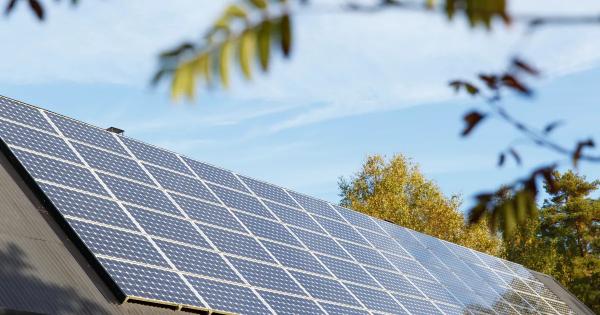
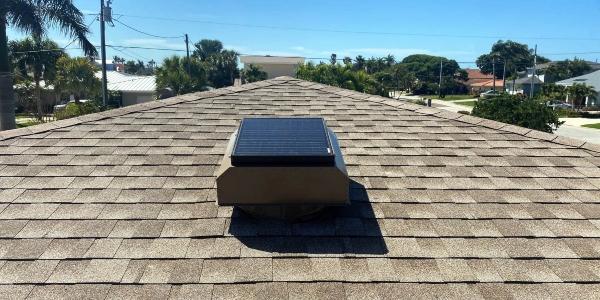







Comments
Leave a Reply
Have an account? Login to leave a comment!
Sign In